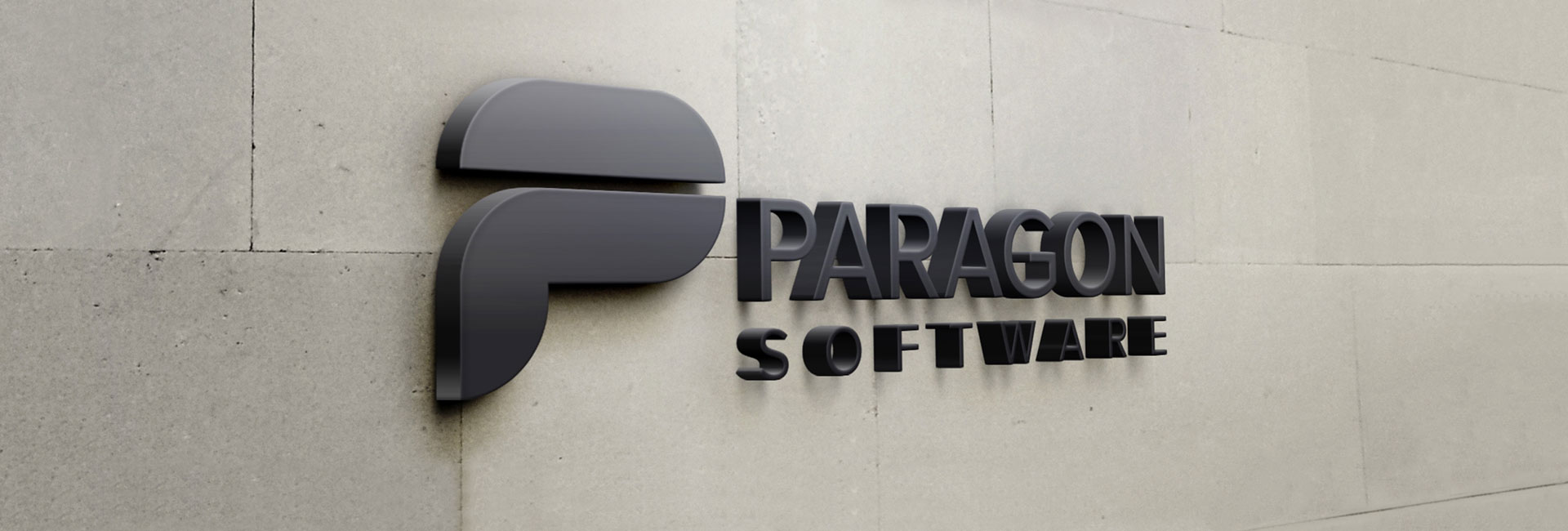- Joined
- Feb 11, 2006
- Messages
- 9,724
- Location
- Jacksonville
- Bike
- GL1800 R1200RT NC700
- 2024 Miles
- 013531
- STOC #
- 6651
In the 2005 - 2015 range I had a couple of Apple desktop computers. The first was a 2005 iMac and the next one was a 2008 or 2009 Mini running OS Snow Leopard if I recall. The model year of the Mini was important (I think) because it got to a point were it could not be upgraded to the next OS. The next year following could. The iMac quit working due screen problems so I bought the Mini. After several upgrades and maybe 7-8 years the Mini began to get really buggy on sites that were running Java scripts. I probably got that description technically wrong but it just freeze up a lot and was difficult to use. I used these mostly just for email, web surfing, and photo storage. I still have the Mini but quit using it. The Mini had a program called Time Machine that backed up the system daily or on command. I have a portable Toshiba storage drive with all Time Machine back ups on it. It has a USB connector. At some point I got another Toshiba drive and moved about 3000 photos from iPhoto onto it. As far as I recall that is all that is on it. From 1995 to retirement last year I also had a Dell Latitude laptop issued to me for work use. In 2017 the company I worked for at the time was bought and merged. I was issued a new laptop and I kept the old Dell which I am typing this on. So my daily driver is this Dell.
I would like to recover the stored photos and be able to view and share them. How do I do this? When I plug the Toshiba drive with photos on it the Dell does not recognize the device. I'm sure this is very simple but I don't know anything about computers except to turn them on and off. Thanks in advance.
I would like to recover the stored photos and be able to view and share them. How do I do this? When I plug the Toshiba drive with photos on it the Dell does not recognize the device. I'm sure this is very simple but I don't know anything about computers except to turn them on and off. Thanks in advance.



